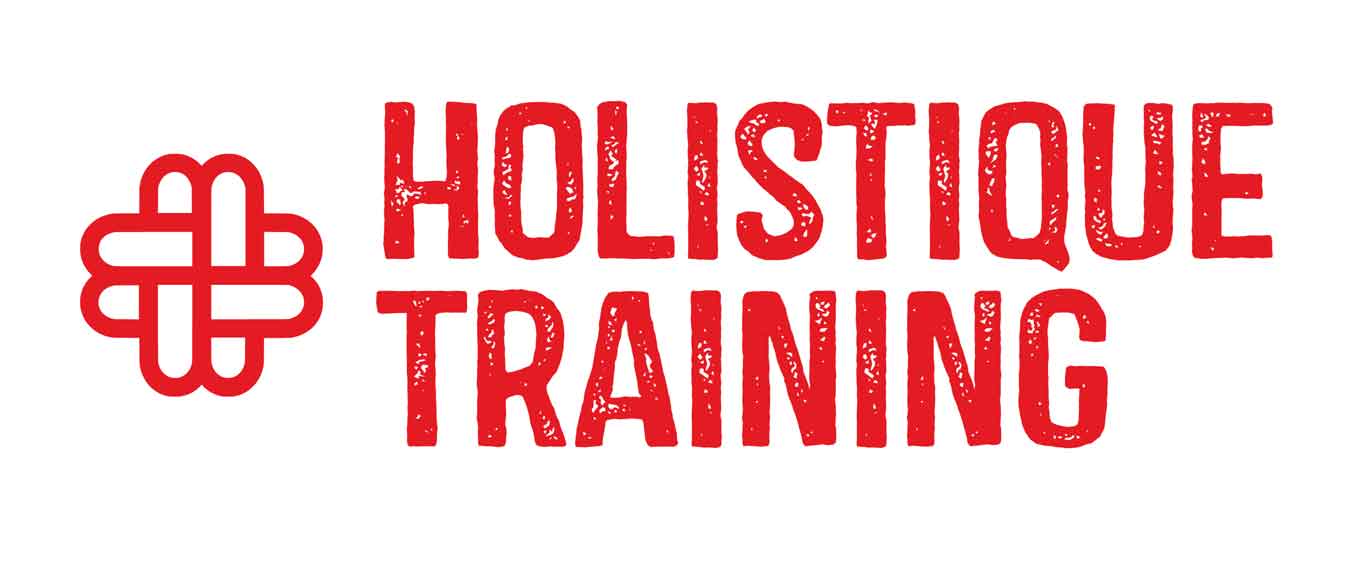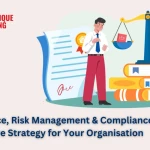This preparatory course is designed to equip aspiring risk management professionals with the foundational knowledge and practical tools needed to succeed in the GARP Certificate in Risk Management exam. Over five intensive days, participants will explore key risk concepts, measurement techniques, mitigation strategies, and real-world case studies. The course is tailored to meet the standards set by the Global Association of Risk Professionals (GARP) and offers a structured pathway to understanding the complex landscape of financial risk.
Whether you are looking to advance your career in banking, investment, or enterprise risk management, this course provides the building blocks necessary to excel in both the certification exam and your day-to-day role.
By the end of this course, participants will be able to:
- Understand and classify different types of financial risks (credit, market, operational, etc.).
- Apply tools and methodologies for identifying and assessing risks effectively.
- Calculate and interpret core risk metrics such as Value-at-Risk (VaR) and Key Risk Indicators (KRIs).
- Formulate and evaluate risk mitigation strategies including hedging and risk transfer.
- Analyse real-life case studies to apply theoretical knowledge in practice.
- Build a strong foundation for passing the GARP Certificate in Risk Management exam.
This course is ideal for:
- Finance and banking professionals seeking GARP certification.
- Risk analysts, compliance officers, and auditors working in the financial sector.
- Recent graduates in finance, economics, or business preparing for a career in risk management.
- Professionals transitioning to risk-related roles within corporations or investment firms.
- Anyone looking to gain internationally recognised risk management credentials.
The course adopts an interactive and practical approach to adult learning, combining various methods to enhance engagement and retention. Participants benefit from expert-led lectures that deliver key concepts in a structured format aligned with GARP standards. Real-life case studies are used to demonstrate the practical application of risk principles, while guided exercises offer hands-on experience in problem-solving and metric calculations. Group discussions encourage peer-to-peer learning and critical debate around risk decisions and frameworks. To reinforce learning and ensure exam readiness, participants will tackle sample GARP-style practice questions. Each day concludes with a brief recap session to consolidate understanding and highlight key takeaways.
Day 5 of each course is reserved for a Q&A session, which may occur off-site. For 10-day courses, this also applies to day 10
Section 1: Risk Identification and Assessment
- Overview of risk categories: credit risk, market risk, operational risk, liquidity risk, etc.
- Risk identification techniques: scenario analysis, risk mapping, process reviews.
- Distinction between quantitative and qualitative risk assessments.
- Introduction to risk registers and internal risk reports.
- Identifying emerging risks and blind spots in financial systems.
Section 2: Risk Measurement and Metrics
- Introduction to Value-at-Risk (VaR): concept, applications, and calculation methods.
- Overview of stress testing: how to simulate extreme scenarios.
- Key Risk Indicators (KRIs): design, selection, and interpretation.
- Interpreting heatmaps and dashboards in risk reporting.
- Comparative analysis of risk exposure across departments or portfolios.
Section 3: Risk Mitigation Strategies
- Hedging tools: derivatives, insurance, diversification strategies.
- Approaches to risk acceptance, avoidance, and risk transfer.
- Role of risk appetite statements and risk tolerance levels.
- Importance of governance and internal control systems.
- Integration of risk mitigation into enterprise strategy and decision-making.
Section 4: Case Studies and Practical Applications
- In-depth analysis of real-world risk failures and successes (e.g., financial crises, hedge fund collapses).
- Applying risk frameworks (COSO ERM, ISO 31000) to case scenarios.
- Cross-industry case examples: banking, fintech, insurance, and asset management.
- Group simulation exercise: developing a mini risk plan for a fictional institution.
- Final recap and exam-style practice quiz (with feedback and discussion).
Upon successful completion of this training course, delegates will be awarded a Holistique Training Certificate of Completion. For those who attend and complete the online training course, a Holistique Training e-Certificate will be provided.
Holistique Training Certificates are accredited by the British Accreditation Council (BAC) and The CPD Certification Service (CPD), and are certified under ISO 9001, ISO 21001, and ISO 29993 standards.
CPD credits for this course are granted by our Certificates and will be reflected on the Holistique Training Certificate of Completion. In accordance with the standards of The CPD Certification Service, one CPD credit is awarded per hour of course attendance. A maximum of 50 CPD credits can be claimed for any single course we currently offer.
- Course Code MG2 - 192
- Course Format Classroom, Online,
- Duration 5 days













